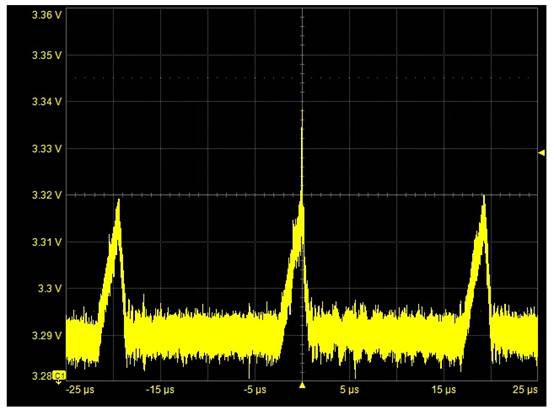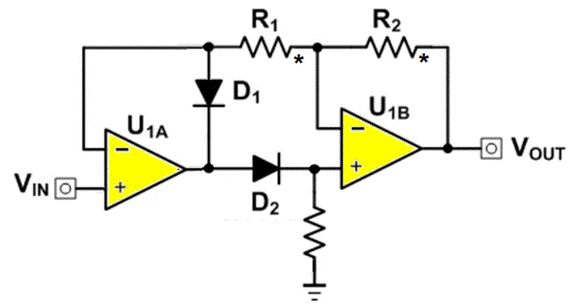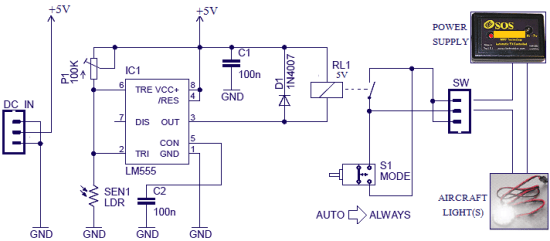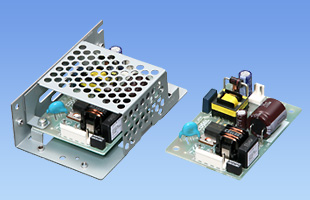初始化一个一般IO的过程
1:GPIO_InitTypeDef GPIO_InitStructure界说一个结构体,用于初始化IO
2:使能IO时钟,STM32 的IO都是高速IO。
分为两种状况
第一种是IO为高速时钟:
void RCC_APB2PeriphClockCmd(uint32_t RCC_APB2Periph, FunctionalState NewState)
第二种是IO为低速时钟
void RCC_APB1PeriphClockCmd(uint32_t RCC_APB1Periph, FunctionalState NewState)
3:GPIO_InitStructure选定详细IO端口,用户要运用哪个IO,是PC3仍是PC4
4:GPIO_InitStructure设置IO的作业形式,输出输入仍是?,一共有8中IO的作业形式,一般IO设置为推挽输出
5:GPIO_InitStructure设置IO的作业速率,2M仍是50MHZ,这个只对输出形式有效果,假如IO设置为输入就没有效果了。
6:GPIO_Init(GPIO_TypeDef* GPIOx, GPIO_InitTypeDef* GPIO_InitStruct) 调用函数初始化上面设置好的信息写入到IO外设中。
7:上面6步初始化好IO了,接下来就要设置IO为高电平仍是低电平了。
IO设置为高电平函数为:
void GPIO_SetBits(GPIO_TypeDef* GPIOx, uint16_t GPIO_Pin);
IO设置为低电平函数为:
void GPIO_ResetBits(GPIO_TypeDef* GPIOx, uint16_t GPIO_Pin);
=====================================================================================================
实例:
GPIO_InitTypeDef GPIO_InitStructure;
RCC_APB2PeriphClockCmd( RCC_APB2Periph_GPIOC, ENABLE); //使能高速外设IO
GPIO_InitStructure.GPIO_Pin = GPIO_Pin_3 | GPIO_Pin_4 | GPIO_Pin_5;
GPIO_InitStructure.GPIO_Mode = GPIO_Mode_Out_PP;
GPIO_InitStructure.GPIO_Speed = GPIO_Speed_50MHz;
GPIO_Init(GPIOC, &GPIO_InitStructure);
GPIO_SetBits(GPIOC, GPIO_Pin_3 | GPIO_Pin_4 | GPIO_Pin_5);
PC3 PC4 PC5都设为输出高电平
以上来自野火M3









